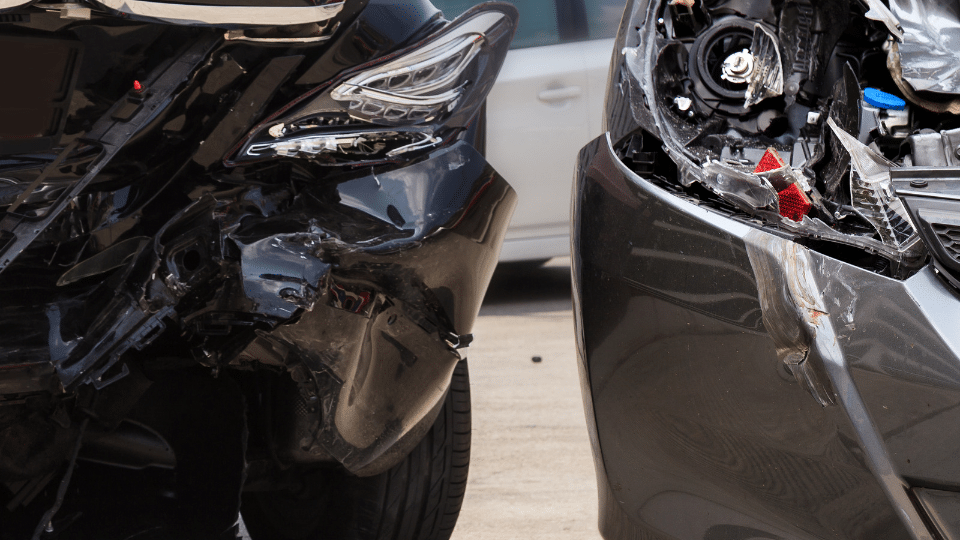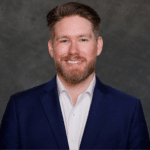
Is Collision Repair the Gold Rush 2.0?
I recently had a friend in the collision industry describe today’s collision repair marketplace as a Gold Rush. I think that is a brilliant analogy—leaving aside the mid-1800’s California Gold Rush famous lack of gold.
Make no mistake: this Gold Rush in collision repair has plenty of treasure, but you’ll have to be aggressive in getting your share. Smart, institutional money continues to pour into the industry, furthering the trend of consolidation at a rapid pace. New, well-financed entrants to the marketplace are popping up seemingly every day, each with a slightly different spin on their visions.
One thing that is evolving, however, is the investment required to be a player in the future of collision repair. As automotive technology evolves, equipment and training requirements for collision repairers are increasing at a rapid pace. The days of the “mom-and-pop” collision repair shops are dwindling. The multi-shop operators (MSOs), both national and regional, have discovered the magic of scale that smaller operations just won’t be able to achieve. While the mom-and-pop collision centers are declining in number and the MSOs continue to flourish, where is the biggest opportunity for those less funded?
In the immediate collision arena, it seems that specialists—specifically, specialists who operate within particularly profitable niches—are set up for success in the short, mid, and long term. Collision repair providers within the heavy-duty trucking, agricultural equipment, and exotic vehicle spaces, for example, seem to represent an opportunity for unusually high profit margins and long-term sustainability. While these businesses typically differ from the profile of those sought after by the current consolidators, their profit potential opens the investor pool significantly. In particularly profitable cases, even one-store niche operations could be of interest to private equity and other investors. One must wonder when consolidation within that world will begin on a larger scale and who will be the ones to take advantage. The niche collision world is one space I’m keeping a close watch over.
Stepping slightly outside the immediate collision repair industry, here’s another thought. In the California Gold Rush, it wasn’t the gold diggers who hit the jackpot; it was the suppliers. If you sold shovels or gold pans or lumber or food in that day, you likely struck it rich. Using the example of the California Gold Rush, could businesses that sell products and services to collision centers end up being significant beneficiaries? Consider me bullish.
Money, from an institutional investment standpoint, tends to trickle down. In the case of the collision industry, consolidation and institutional investment began pouring into collision centers first. Second, the money came to the paint jobbers. More recently, private equity has made its way into the equipment world. Where will it go next?
In terms of market opportunity, collision repair equipment and service providers seem to have significant runway available to them, especially if they can break in with some of the national MSOs. There are pain points throughout the shop, and offering a solution to alleviate just one or two of those pain points can create quite the opportunity at scale. Loop in other service providers such as Advanced Driver Assistance System (ADAS) calibrators, collision-specific alignment providers, automotive glass companies, paintless dent repair (PDR) services, and many others, there is a whole ecosystem living—and thriving—on the “scraps” of the collision repair industry.
Will consolidation hit these markets as hard as it has hit those upstream? Time will tell, but my educated guess is that, yes, massive consolidation is coming. And it is coming soon. Take a look at M&A activity in other “non-sexy” service businesses, such as landscaping, electricians, HVAC companies, and others, and you’ll see these companies are highly sought after by investors.
So how can you take advantage of the rapidly evolving opportunities within the greater collision repair landscape? If you’re in the game already, it comes down to this: Grow or Go. If you’re not willing to make the investment to grow your business, the M&A market remains hot and exit opportunities abound.
If you are determined to stay the course, find your niche and double down. Approach what you do with the aggressiveness of an operator, the mind of an investor, and an eye toward the future. If you’re on the sidelines or have additional capacity, put some thought into it. Where is the market being underserved? Can I do it better than it’s currently being done? If that answer is yes, taking the leap could be the key to striking gold.














